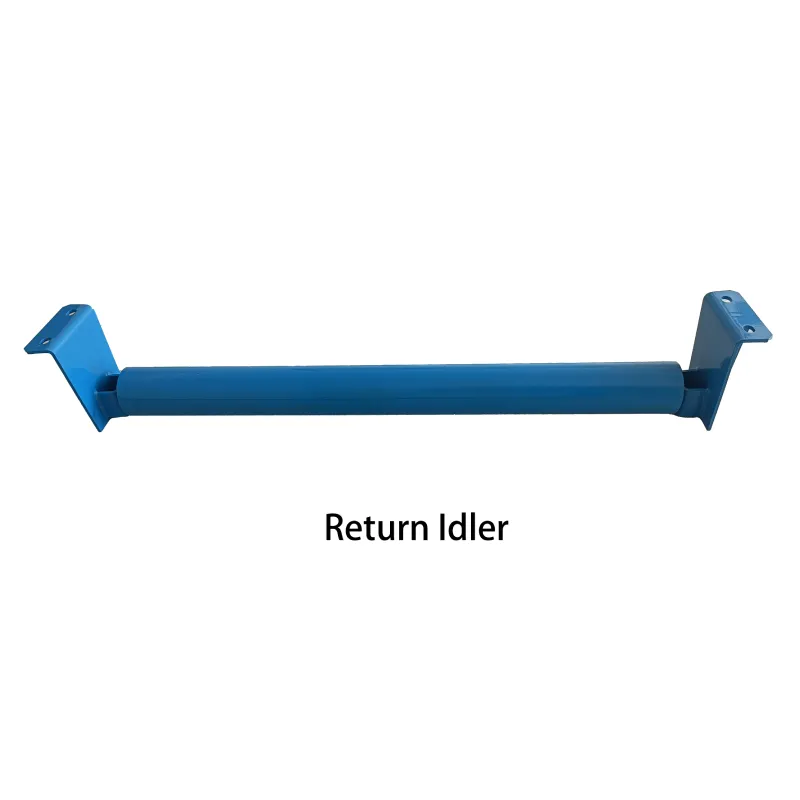 Afrikaans
Afrikaans  Albanian
Albanian  Amharic
Amharic  Arabic
Arabic  Armenian
Armenian  Azerbaijani
Azerbaijani  Basque
Basque  Belarusian
Belarusian  Bengali
Bengali  Bosnian
Bosnian  Bulgarian
Bulgarian  Catalan
Catalan  Cebuano
Cebuano  Corsican
Corsican  Croatian
Croatian  Czech
Czech  Danish
Danish  Dutch
Dutch  English
English  Esperanto
Esperanto  Estonian
Estonian  Finnish
Finnish  French
French  Frisian
Frisian  Galician
Galician  Georgian
Georgian  German
German  Greek
Greek  Gujarati
Gujarati  Haitian Creole
Haitian Creole  hausa
hausa  hawaiian
hawaiian  Hebrew
Hebrew  Hindi
Hindi  Miao
Miao  Hungarian
Hungarian  Icelandic
Icelandic  igbo
igbo  Indonesian
Indonesian  irish
irish  Italian
Italian  Japanese
Japanese  Javanese
Javanese  Kannada
Kannada  kazakh
kazakh  Khmer
Khmer  Rwandese
Rwandese  Korean
Korean  Kurdish
Kurdish  Kyrgyz
Kyrgyz  Lao
Lao  Latin
Latin  Latvian
Latvian  Lithuanian
Lithuanian  Luxembourgish
Luxembourgish  Macedonian
Macedonian  Malgashi
Malgashi  Malay
Malay  Malayalam
Malayalam  Maltese
Maltese  Maori
Maori  Marathi
Marathi  Mongolian
Mongolian  Myanmar
Myanmar  Nepali
Nepali  Norwegian
Norwegian  Norwegian
Norwegian  Occitan
Occitan  Pashto
Pashto  Persian
Persian  Polish
Polish  Portuguese
Portuguese  Punjabi
Punjabi  Romanian
Romanian  Russian
Russian  Samoan
Samoan  Scottish Gaelic
Scottish Gaelic  Serbian
Serbian  Sesotho
Sesotho  Shona
Shona  Sindhi
Sindhi  Sinhala
Sinhala  Slovak
Slovak  Slovenian
Slovenian  Somali
Somali  Spanish
Spanish  Sundanese
Sundanese  Swahili
Swahili  Swedish
Swedish  Tagalog
Tagalog  Tajik
Tajik  Tamil
Tamil  Tatar
Tatar  Telugu
Telugu  Thai
Thai  Turkish
Turkish  Turkmen
Turkmen  Ukrainian
Ukrainian  Urdu
Urdu  Uighur
Uighur  Uzbek
Uzbek  Vietnamese
Vietnamese  Welsh
Welsh  Bantu
Bantu  Yiddish
Yiddish  Yoruba
Yoruba  Zulu
Zulu belt conveyor idler design
Understanding Belt Conveyor Idler Design
Belt conveyors are a crucial part of material handling systems across various industries. The efficiency and effectiveness of these systems largely depend on their components, with the idler being one of the most critical. Idlers support the conveyor belt, helping to maintain its alignment and tension while facilitating the smooth transport of materials. Therefore, an understanding of belt conveyor idler design is paramount for engineers and designers in the material handling field.
Function and Importance of Idlers
Idlers serve several essential functions in a belt conveyor system. Primarily, they minimize friction between the belt and the frame, preventing excessive wear and tear on the belt itself. Idlers also support the weight of the conveyor belt and its load, distributing the load evenly and reducing belt sagging. This balanced support leads to increased operational efficiency and maintenance safety.
Key Design Considerations
When designing belt conveyor idlers, several critical factors must be taken into account
1. Load Capacity The idler must be able to support the maximum load of the belt without failure. Designers must consider the weight of the conveyed material, the belt itself, and the dynamic forces that arise during operation.
2. Roller Dimensions The diameter and width of the roller affect the idler's performance. Larger diameters can reduce the flexing of the belt, which prolongs its life. The width must also match the belt width to ensure proper alignment and stability.
3. Material Selection Idlers are commonly made from steel, plastic, or a combination of both. Steel is favored for its strength and durability, while plastic can be advantageous in corrosive environments due to its resistance to rust and chemical degradation.
belt conveyor idler design

4. Friction Coefficients The idler's surface material influences the friction between the belt and the idler. A low-friction coating can enhance the conveyor's efficiency by reducing the energy required to move the belt.
5. Environmental Factors The design must take into account environmental conditions such as temperature, humidity, and exposure to chemicals or dust. Robust designs resist wear over time, thereby reducing maintenance needs.
Types of Idlers
There are various types of idlers used in belt conveyor systems, each designed for specific applications
- Center Roll Idler This is the most common type, featuring a single roller positioned in the center to support the belt. It is used in standard applications.
- Troughing Idler This design has rollers arranged to form a V shape, allowing for better containment of materials on the belt. This type is ideal for moving loose materials.
- Return Idler Designed for the return section of the conveyor, they prevent the belt from sagging and help maintain its shape.
Conclusion
Belt conveyor idler design plays a pivotal role in the efficiency and longevity of conveyor systems. By understanding the various factors influencing design, engineers can create robust idler systems tailored to specific operational needs. The right idler not only improves throughput and reduces downtime but also contributes to the overall safety and reliability of material handling operations. As industries continue to evolve, ongoing innovations in idler design will play a key role in enhancing conveyor performance and sustainability.
-
Revolutionizing Conveyor Reliability with Advanced Rubber Lagging PulleysNewsJul.22,2025
-
Powering Precision and Durability with Expert Manufacturers of Conveyor ComponentsNewsJul.22,2025
-
Optimizing Conveyor Systems with Advanced Conveyor AccessoriesNewsJul.22,2025
-
Maximize Conveyor Efficiency with Quality Conveyor Idler PulleysNewsJul.22,2025
-
Future-Proof Your Conveyor System with High-Performance Polyurethane RollerNewsJul.22,2025
-
Driving Efficiency Forward with Quality Idlers and RollersNewsJul.22,2025





























